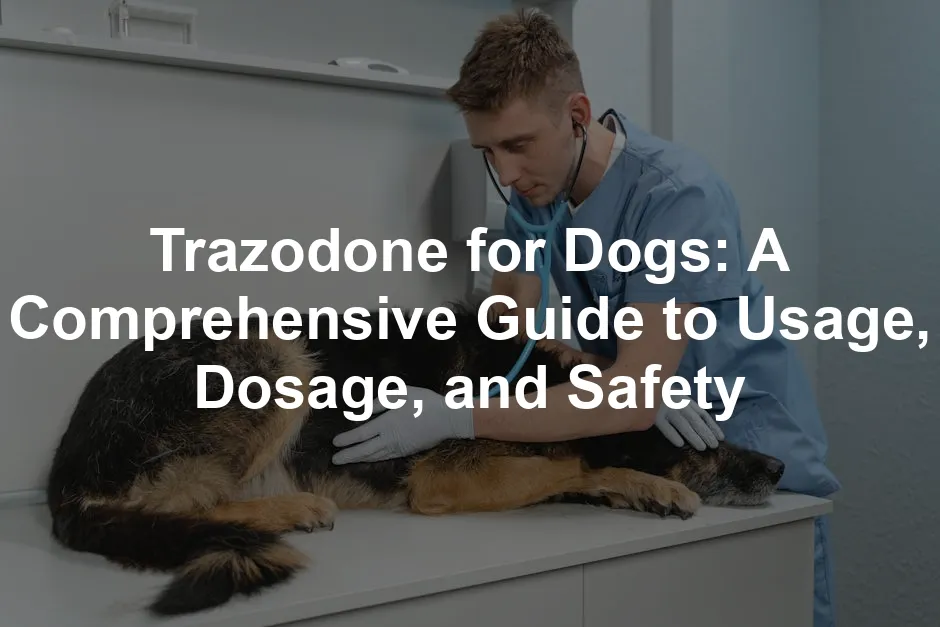Introduction
Trazodone might not be a name you hear at dog parks, but it’s a game changer for anxious pups. Imagine your dog trembling at the sound of a thunderstorm or pacing when you leave the house. These situations can be downright terrifying for them. That’s where trazodone swoops in like a superhero in a pill bottle. This medication has gained popularity among veterinarians for its calming effects on dogs struggling with anxiety. Originally developed as an antidepressant for humans, trazodone has found a new home in veterinary medicine. It works by increasing serotonin levels in the brain—the same feel-good hormone that helps humans chill out. The best part? It’s often prescribed for various anxiety-related issues, including separation anxiety, noise phobias, and even after surgical procedures to keep your furry friend calm during recovery. In this guide, we’ll unpack the ins and outs of trazodone for dogs. We’ll cover its benefits, recommended dosages, and potential side effects. Plus, we’ll help you navigate the veterinary waters, ensuring your pup gets the best care tailored to their needs. Grab a cup of coffee, get cozy with your dog, and let’s dive into the world of trazodone and how it can help your beloved pet live a more peaceful life.
Summary of Key Points
Trazodone isn’t just another medication; it’s a serotonin antagonist and reuptake inhibitor (SARI) that provides relief for anxious dogs. Primarily, it’s used to tackle separation anxiety, noise phobias, and stress after surgery. The medication is typically given orally and is available in various dosages that depend on your dog’s weight. While trazodone is generally considered safe, keep an eye out for potential side effects. These may include sedation, a rumbly tummy, or, in rare cases, serotonin syndrome—a serious condition that requires immediate veterinary care. Always consult your veterinarian to determine the right dosage for your furry friend and discuss any other medications they might be taking. As we continue this guide, you’ll come away with a well-rounded understanding of how trazodone can help your dog lead a calmer and happier life.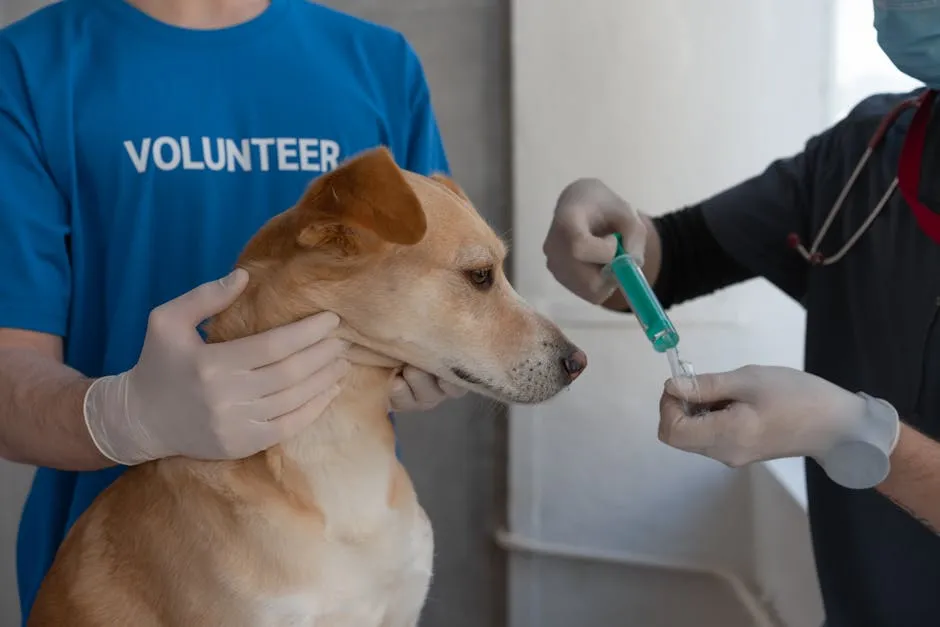
Main Uses of Trazodone for Dogs
Trazodone is a go-to medication for various anxiety issues in dogs. Let’s unpack its primary uses, ensuring our furry pals stay calm and collected.Situational Anxiety
Dogs can be sensitive creatures, and certain scenarios send them into a tailspin. Think about those heart-stopping moments: a trip to the vet, a long car ride, or the dreaded fireworks on the Fourth of July. Each of these situations can trigger panic attacks in our four-legged friends. For instance, the sound of a vacuum can turn your pup into a quivering mess. Trazodone steps in as a trusty sidekick, helping dogs cope with these stressful events. It’s often prescribed to ease anxiety in the lead-up to appointments or during tumultuous nights filled with loud noises. By increasing serotonin levels, trazodone helps your dog chill out, leaving you both feeling calmer. But why stop there? To create a serene environment during those stormy nights, consider investing in a ThunderShirt Classic Dog Anxiety Jacket. This snug jacket applies gentle pressure, giving your furry friend the comfort they crave when the world seems a little too loud.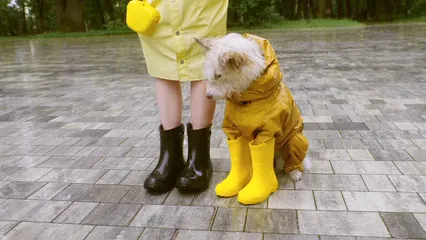
Separation Anxiety
Leaving home can feel like a crime scene for some dogs. Separation anxiety is real, and it can lead to destructive behaviors—think chewed shoes and anxious howling. When you head out the door, your dog might enter panic mode, pacing and whining until you return. Here’s where trazodone shines. It helps dogs manage their fears of being left alone. Taking the edge off their anxiety allows them to remain relaxed while you’re away. Administered before you leave, trazodone helps create a peaceful environment, reducing the chances of unwanted behavior. With trazodone, you can leave home without worrying about what your pup is up to. For more insights on separation anxiety, you can check out Understanding and treating canine separation anxiety.Managing your dog’s separation anxiety effectively can lead to a more peaceful home environment. Understanding and treating canine separation anxiety can provide valuable strategies.

Post-Surgery Recovery
After surgery, dogs need their beauty sleep to heal properly. However, they can be restless or agitated, making recovery a challenge. Enter trazodone, the calming agent that aids in post-surgery recovery. By keeping your dog relaxed, trazodone minimizes excessive movement, which is crucial for healing. It allows your pup to rest comfortably, ensuring surgical sites aren’t disturbed. A calm dog is a happy dog, and a happy dog is on the fast track to recovery. With trazodone in the mix, your furry friend can focus on resting and healing, making the post-op process smoother for everyone involved. To further enhance your dog’s recovery, consider a cozy Dog Blanket for Comfort. It creates a warm and safe space for them to snuggle while they recuperate.
How is Trazodone Administered?
Trazodone comes in handy in two forms: tablets and liquid. Most dog owners prefer the tablets, but the liquid option is there for picky pups or those who have trouble swallowing pills. When it comes to giving your dog this medication, timing and method are everything. For optimal results, it’s usually recommended to administer trazodone with food. This approach not only helps with absorption but also minimizes the chances of a tummy upset. If your dog experiences any nausea from taking it on an empty stomach, definitely switch to giving it alongside their meals. Let’s not forget the importance of timing. If you know your dog is heading into a stressful situation, like a vet visit or fireworks, aim to give the medication about 90 minutes before. This allows it to kick in and work its magic before anxiety levels rise. But here’s the golden rule: always follow your veterinarian’s instructions. They know your dog’s unique needs and can guide you on appropriate dosages and administration methods. Remember, the goal is to help your dog feel better while ensuring their safety!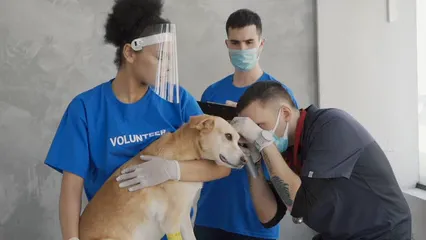
Trazodone Dosage for Dogs
General Guidelines
When it comes to trazodone, dosage is key. Your vet will determine the right range based on your dog’s weight and specific needs. Generally, the dosage varies from 1.7 to 9.5 mg/kg, taken every 8 to 24 hours. For small dogs, this might mean starting with a lower dose and gradually increasing it based on how they respond. Bigger breeds may need higher dosages, so tailoring the treatment is crucial. Here’s a quick overview of common dosage ranges based on weight: – Dogs under 10 lbs: 25 mg– Dogs between 10-20 lbs: 50 mg
– Dogs between 20-50 lbs: 100 mg
– Dogs over 50 lbs: 200 mg or more Your veterinarian will help you find the sweet spot for your pup, ensuring they receive just the right amount for effective anxiety relief.

Dosage Chart
Here’s a handy reference chart to simplify trazodone dosage based on your dog’s weight. Remember, always consult your veterinarian before administering medication!| Dog Weight (lbs) | Dog Weight (kg) | Low Dosage (mg) | High Dosage (mg) |
|---|---|---|---|
| 10 | 4.5 | 7.65 | 42.75 |
| 20 | 9.1 | 15.47 | 86.45 |
| 30 | 13.6 | 23.12 | 129.2 |
| 40 | 18.1 | 30.77 | 171.95 |
| 50 | 22.7 | 38.59 | 215.65 |
| 60 | 27.2 | 46.24 | 258.4 |
| 70 | 31.8 | 54.06 | 301.1 |
| 80 | 36.3 | 61.71 | 344.85 |
| 90 | 40.8 | 69.36 | 387.6 |
| 100 | 45.4 | 77.18 | 431.3 |
| 110 | 49.9 | 84.83 | 474.05 |
| 120 | 54.4 | 92.48 | 516.8 |
| 130 | 59.0 | 100.3 | 560.5 |
| 140 | 63.5 | 107.95 | 603.25 |
| 150 | 68.0 | 115.6 | 646.0 |
| 160 | 72.6 | 123.42 | 689.7 |
| 170 | 77.1 | 131.07 | 732.45 |
| 180 | 81.6 | 138.72 | 775.2 |
| 190 | 86.2 | 146.54 | 818.9 |
| 200 | 90.7 | 154.19 | 861.65 |

Factors Affecting Dosage
When it comes to trazodone, one size does not fit all. Several factors can influence the appropriate dosage for your furry friend. Age plays a significant role; senior dogs might require adjustments due to their slower metabolism. Additionally, health conditions such as liver or kidney issues can affect how the body processes medication. Another important consideration is your dog’s weight. Heavier pups may need higher doses, while lighter ones might do just fine with less. If your dog is on other medications, be sure to discuss this with your vet. Interactions can lead to increased side effects or reduced effectiveness. Always prioritize your pup’s unique needs when determining the right dosage. To help with all this, a Pet First Aid Kit can be a lifesaver for any unexpected situations that may arise!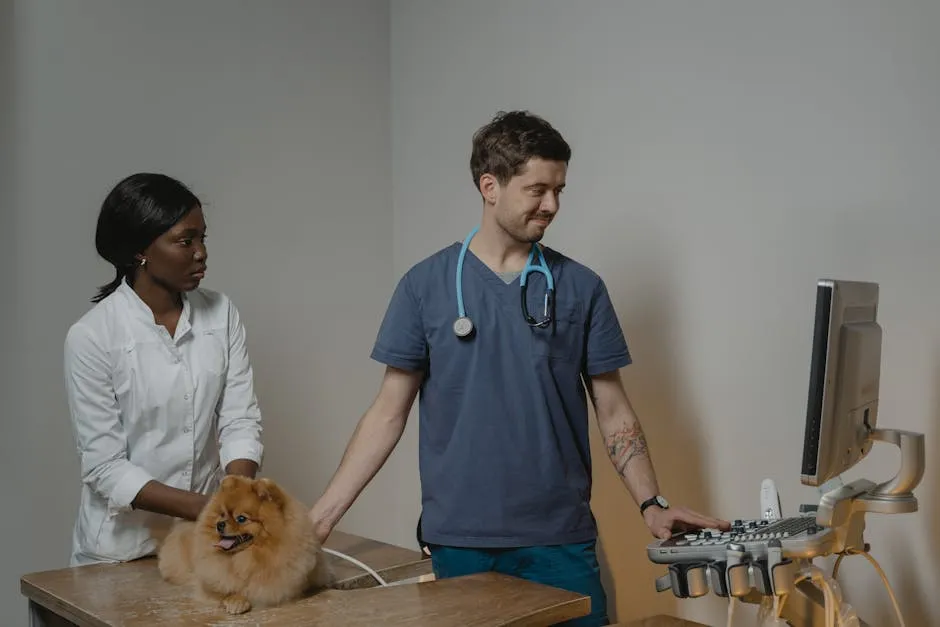
Monitoring and Adjustments
Regular vet check-ups are your best friend when using trazodone. Monitoring is crucial to ensure the medication is working effectively and to watch for any side effects. Your veterinarian may recommend follow-up visits to assess how your dog is responding to the treatment. If your dog seems overly lethargic or exhibits unusual behavior, don’t hesitate to reach out to your vet. Adjustments to the dosage might be necessary to ensure your pup remains comfortable and calm without any adverse effects. Consistent communication with your veterinarian will help tailor the treatment to your dog’s specific needs, ensuring they lead a happier, stress-free life.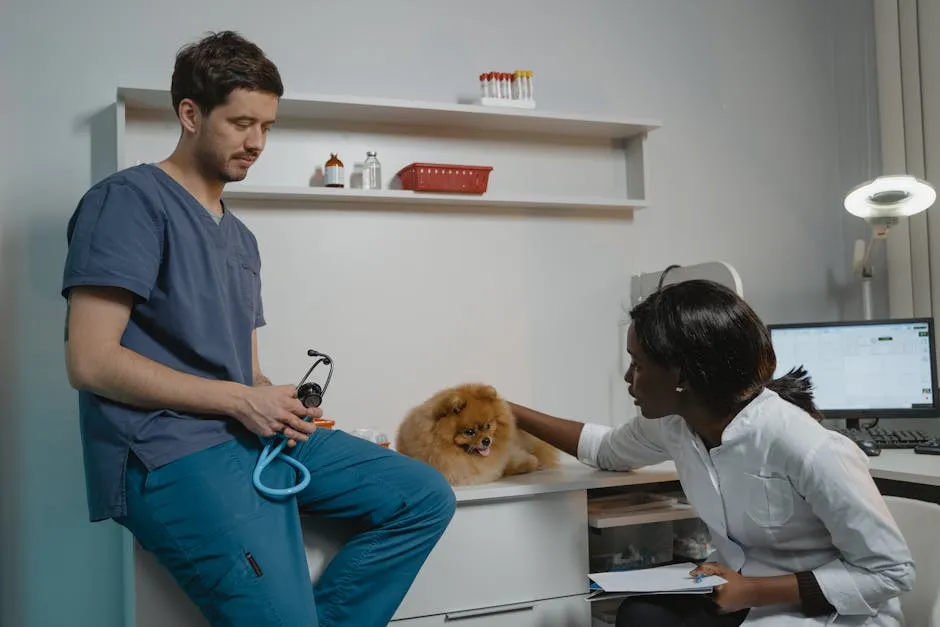
Combining Trazodone with Other Medications
When addressing your dog’s anxiety, trazodone often joins forces with other medications. But hold your horses! It’s crucial to inform your veterinarian about every medication your dog is taking. Why? Because some combinations can lead to serious side effects, including serotonin syndrome. This condition occurs when serotonin levels become dangerously high, causing symptoms like agitation, increased heart rate, and even seizures. So, keep your vet in the loop to avoid any unwanted surprises! One of the complementary medications frequently paired with trazodone is gabapentin. This medication is renowned for its pain-relieving properties and is often used to manage neuropathic pain in dogs. When used together, trazodone and gabapentin can enhance the calming effects, providing an extra layer of anxiety relief. Imagine your pup chilling out like it’s a Sunday afternoon while you enjoy a cup of coffee!However, caution is key. It’s essential to work closely with your veterinarian when combining medications. Each dog’s response to drugs can differ, and what works for one furry friend might not be suitable for another. Your vet can help determine the right dosages and monitor for any adverse effects. Remember, teamwork makes the dream work when it comes to your pet’s health!When considering medication combinations, it’s essential to consult your veterinarian. For example, gabapentin is often used alongside trazodone for enhanced anxiety relief.

Alternatives to Trazodone
Behavioral Modifications
While medications like trazodone can work wonders, non-medication strategies also play a vital role in managing your dog’s anxiety. Behavioral modifications can be just as impactful, providing long-term relief. Think of it as a team effort: medication helps in the short term, while behavior training lays the groundwork for a calmer pup. Training is a great place to start. Teaching your dog basic commands or tasks can boost their confidence and reduce anxiety. Additionally, consider making environmental changes. Creating a safe space in your home, complete with cozy blankets and toys, can provide your dog with a comforting retreat. Gradual introductions to new experiences, like car rides or vet visits, can also ease anxiety and help your dog adapt. Speaking of comfort, an Dog Anxiety Relief Essential Oil can also help create a calming atmosphere when your dog is feeling stressed.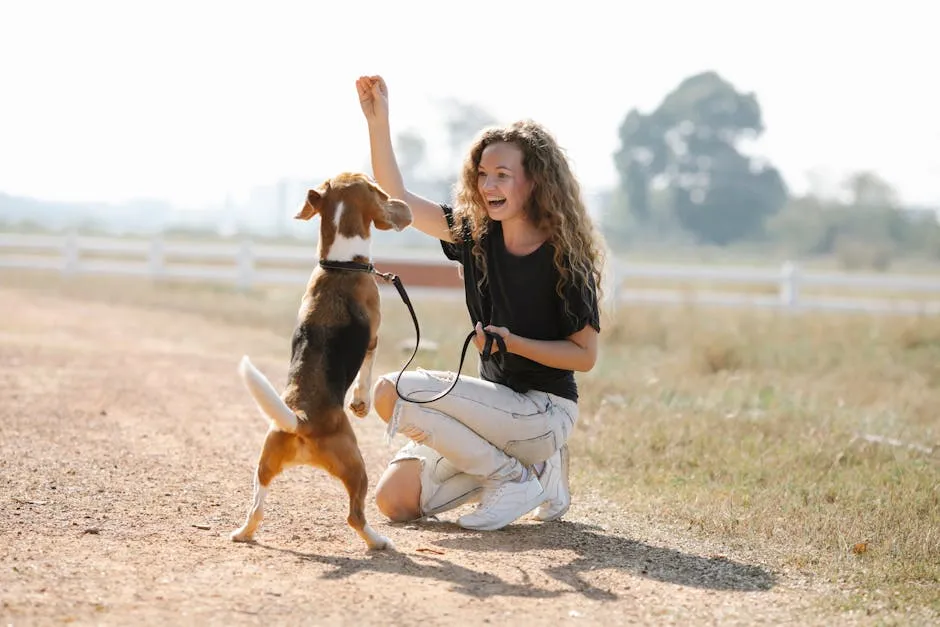
Other Medications
If trazodone doesn’t seem like the right fit for your furry companion, there are other medications available for managing anxiety. For example, fluoxetine, a selective serotonin reuptake inhibitor (SSRI), is often prescribed for dogs suffering from chronic anxiety. Clomipramine, another option, can help address compulsive behaviors and anxiety-related issues. Discussing these alternatives with your veterinarian is essential. They can provide guidance on the best choices based on your dog’s specific needs, ensuring a tailored approach to managing anxiety. Remember, finding the right solution for your dog may take time, but with patience and persistence, you’ll be well on your way to a happier, calmer pup!
FAQs

Conclusion
In conclusion, trazodone can be a valuable tool in managing anxiety for dogs, helping to improve their quality of life significantly. This medication offers hope for anxious pups, providing a way to alleviate distress during stressful situations. Whether dealing with thunderstorm fears, separation anxiety, or post-surgery jitters, trazodone has proven to be effective. However, it’s essential to remember that trazodone should never be a standalone solution for your furry friend. Its use should be closely monitored and guided by a veterinarian to ensure safety and effectiveness. A veterinarian will determine the appropriate dosage, monitor side effects, and assess how well your dog is responding to the medication. After all, what works wonders for one pooch may not suit another. With the right approach, your dog can enjoy a calmer, more relaxed existence, free from unnecessary anxiety. It’s crucial to be patient and allow time for the medication to take effect. While some dogs may respond quickly, others might need time to adjust and find their sweet spot regarding dosing. In addition to medication, consider integrating behavioral modifications and training techniques. These can work wonders alongside trazodone, helping your dog cope with anxiety in a holistic manner. Creating a safe space in your home or using calming products can also complement the effects of trazodone. Don’t forget to check out a Calming Chews for Dogs that can provide extra support during stressful times. Always consult your veterinarian when considering new medications or changes to your dog’s treatment plan. Together, you can develop a comprehensive strategy that addresses your dog’s unique needs. Remember, your dog relies on you to make informed decisions about their health and happiness. So, don’t hesitate to reach out for professional advice and support!Please let us know what you think about our content by leaving a comment down below!
Thank you for reading till here 🙂
All images from Pexels

